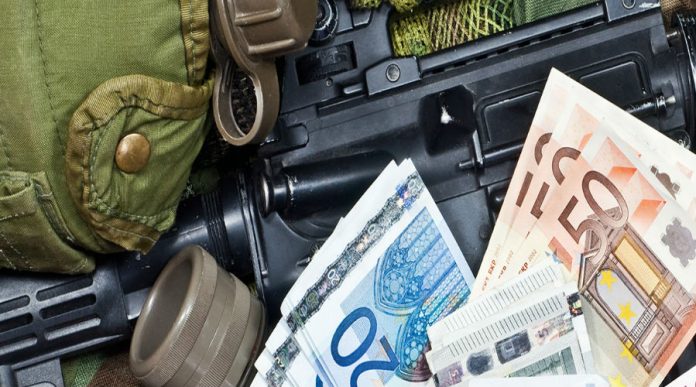Quite frequently, I see a lot of people using the terms money laundering and terrorist financing together. AML and CTF terms are frequently seen together in the same discussion.
Especially combating money laundering, which is also termed as Anti-Money Laundering or AML, and the fighting terrorist financing, which is called Counter-Terrorism Financing or CTF, are often used together. But they are not the same, there are significant differences between these two terms though there are some similarities.
They can threaten the stability of a country’s financial sector or its external stability more generally. Both these activities move the proceeds of crime through the banking and non-banking channels.
Similarities between Money Laundering and Terrorist Financing
But let’s look at the similarities between the two of them. Most countries have implemented measures to counter terror financing as part of their money-laundering laws. Financial Action Task Force comments in its papers about these terms frequently. It is a part of the framework of the Financial Action Taskforce (FATF). Most governments require financial institutions to follow the FATF principles.
Additionally, another point of similarity is money laundering and terrorist financing are both financial crimes. They both can have severe and disastrous economic effects.
Hence effective AML and CTF regimes are essential to protect the integrity of financial markets. Action to prevent and combat money laundering and terrorist financing thus responds not only to a moral imperative but also to an economic need.
And there are even more similarities. They both often exploit the same vulnerabilities in financial systems. This allows for an inappropriate level of anonymity and non-transparency in the execution of financial transactions through bank accounts.
In fact, terrorists use techniques like those of money launderers to avoid unwanted attention. Terrorists try to avoid attracting the provisions of the bank secrecy act. They try to protect the identity of their sponsors and of the ultimate beneficiaries of the funds.
Terrorism is a predicate offense to money laundering. Money Laundering may involve moving terror activity funds to a legitimate business.
Terrorists use not only the formal banking system but also informal value-transfer systems. From Hawala to the Chinese Underground Banking System, they use all methods of funding. Terrorists also use the oldest methods such as physical transportation of cash and gold.
The techniques of money laundering involve laundering through real estate etc.
Differences between AML and CTF
However, there are more differences than similarities.
The most basic difference between terrorist financing and money laundering is the source of funds. Terrorist financing uses funds for activities promoting terrorism. However, the money involved is not necessarily illicit proceeds. Many times the money comes from donations.
On the other hand, money laundering always involves the proceeds of illegal activity. The purpose of laundering is to clean the dirty money obtained from illegal activities such as drug trafficking or organized crime.
While Money Laundering is a process in which the illicit source of assets obtained or generated by criminal activity is concealed to disguise the origin of funds. Money Launderers route their money through shell companies and the web of other entities. This makes it look like it legitimate income source. There is no need for the terrorist organizations to make it look legal, their primary objective is just to fund the terrorist activities.
Smurfing is an inherent aspect of the money laundering process. In the process of smurfing, the division of money into small amounts takes place. Large amounts invite the attention of regulators and bankers, whereas small amounts help in avoiding detection. Whereas, in terror funding, actors use the process of aggregation. The anti-national actors collect small amounts from the donors, aggregate the same and transfer this money to complete bigger terrorist activities like the 9/11 attack in the United States.
One can even say that money laundering is essentially a circular route. Money is placed, traveled throughout the world, and returned back to the criminals. The attention of law enforcement is avoided in the process.
While terrorist financing activity is largely a linear route. It involves collecting, storing, and moving, funds and assets to perform a terror activity.


